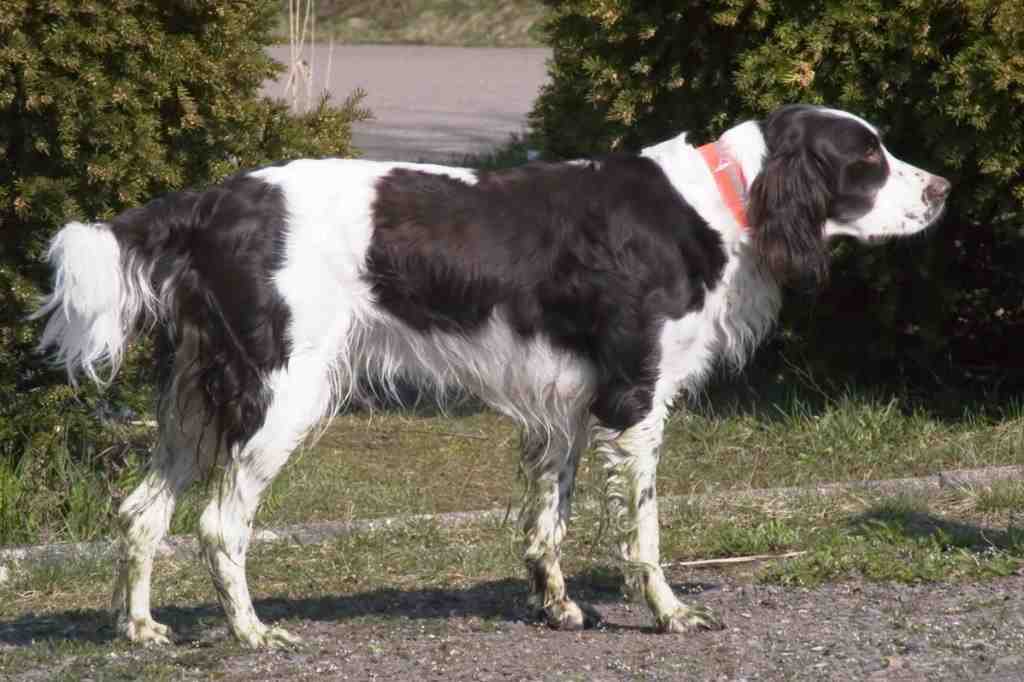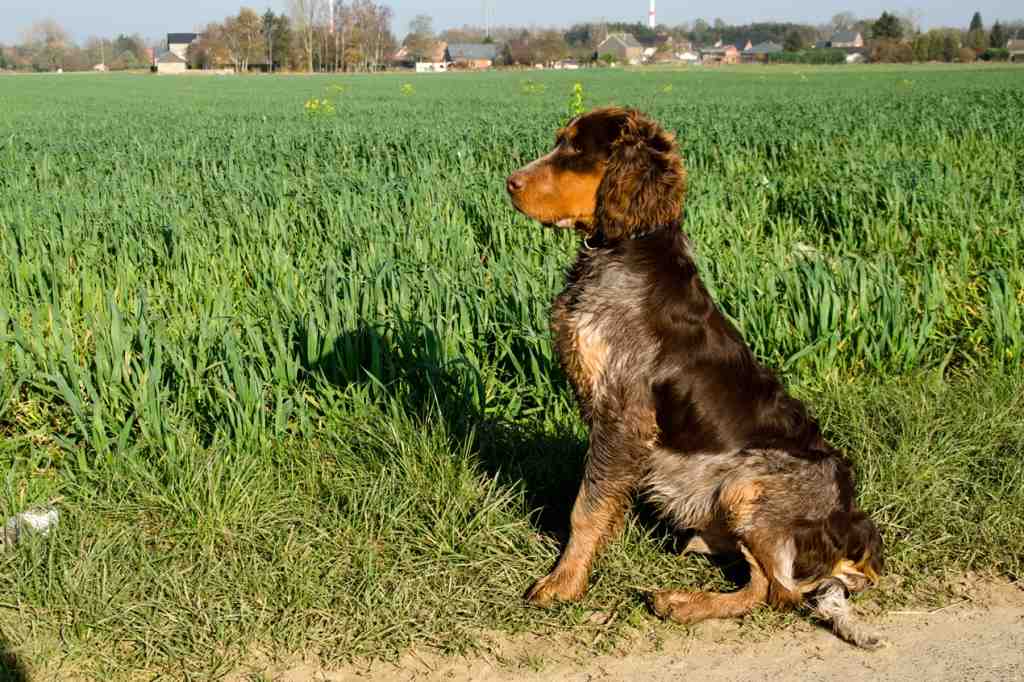The origin of the epagneul francaise dog breed is not well defined, but there are various hypotheses. Some think that this dog is indigenous to France, born and developed there. Others, however, claim that its origins come from Spain. Yet another hypothesis, perhaps the most credited, is that it is a descendant of the oysel dogs, a breed that has now disappeared. Its origins must therefore be sought as far back as the 13th century, a time when it was highly prized for hunting, especially for feathered game. Unfortunately, in later times it was preferred to the English setter, which is much faster than him.
In the last century it risked extinction, but this breed was rebuilt thanks to Abbot Fournier in the 19th century. As a separate breed, it was recognised by the FCI in 1955. The Epagneul francais was used by British breeders to select their stationary dogs.
Nowadays, in addition to hunting, it is also considered an excellent companion and family dog, due to its friendly, very patient and balanced character. Unfortunately it is known almost exclusively in its land of origin, elsewhere it is almost unknown.
Character of the epagneul francaise dog breed
The temperament of the epagneul francaise is quiet, cheerful, sweet and calm. It has a truly enviable character, friendly with everyone, people and animals alike. He is very courageous and knows how to defend his master when he finds himself in difficulty.
Its ideal purpose would be hunting, and its environment the forest and wetlands. For hunting he is the specialist for snipe; some find him slow and methodical, but when he finds a trail he does not give up. He trots and gallops while keeping his truffle high in the wind.
In the family it loves and is loved by those around it. It adapts very well to domestic life, but needs large open spaces where it can exercise to keep fit. It needs a lot of exercise, so its ideal would be a house with a large outdoor space, such as a garden or terrace. However, the area must be secured, as if it smells prey it can easily escape and travel several miles. It also needs to go out a few times during the day, for long walks and runs, to allow it to unload all its exuberance.
Its training is one of the simplest, as its docile and obedient temperament and its great capacity to listen mean that it promptly memorises commands. Moreover, he instinctively trusts his master and will never try to excel.
As far as socialisation with other animals is concerned, with dogs there is no problem, as he is very open to cohabiting with his peers. With cats, on the other hand, if trained together from puppyhood, he manages to coexist, but he must always be controlled so that the feline is not taken as prey. He gets on very well with children as he likes to play. However, it is not suitable for the elderly or sedentary people, as it needs daily exercise.
Appearance of the epagneul francaise dog breed
The epagneul francaise is a medium-sized dog, the height at withers for a male is 55 to 60 centimetres with a weight of 12 to 18 kilograms, the female is slightly smaller. It is morphologically classified as a braccoid. It has a massive and muscular build, but its proportions are harmonious, its shape is lean and long, slender. Its legs are proportionally slightly shorter than the length of the body, generally muscular but not too strong, a characteristic that makes its gait agile and elegant. The tail is of medium length, and generally does not exceed the height of the hock, and is covered with a tuft of long hair that makes it resemble a duster.
The head is well sculpted, with well-drawn relief, is carried proudly, never heavy. It is medium wide and long. The truffle is brown with very open nostrils. The eyes are oval shaped, not too far apart, with the colour as close as possible to the colour of the coat, ranging from cinnamon to brown. They express sweetness and intelligence. The ears are well set, sticking back over the eye line. If they are pulled forward, without effort, they reach the beginning of the truffle. The fringes of the ears are more or less long and wavy.
The hair of the coat is long and wavy on the ears, very thin on the body and sparse and fine on the head. On the body it is flat, silky and well thick with some waviness behind the neck and above the intersection of the tail. As for the colour of the coat this is usually white and brown with medium mottling, with irregular spots. The brown varies from cinnamon to dark liver.
Care and health of the epagneul francaise dog breed
The epagneul francaise is a hardy, long-lived and robust dog, its average life expectancy being 13 years. It does not suffer from any particular pathologies, but some skin diseases are recurrent, and a particular dermatological condition known as acral mutilation syndrome, a recently recognised disorder with symptoms occurring in the first year of age. It is a condition that affects the nerves whereby the dog starts licking, biting and mutilating its limbs, causing ulcers and bacterial infections.
Other diseases, which are quite rare in this breed, are cataracts, eczema, hip dysplasia, entropion and otitis.
It is a very resistant dog, not afraid of cold, even intense cold and humidity, whereas it is good to propose lighter activities to it when it is very hot.
As far as his diet is concerned, his energy and his great daily physical activity mean that he does not risk putting on weight.
Caring for his coat is not difficult, but it must be regular to avoid knots and parasites. The ears must also be cleaned regularly, especially when returning from walks in damp environments, to avoid infections. Hair loss during shedding periods is moderate.


